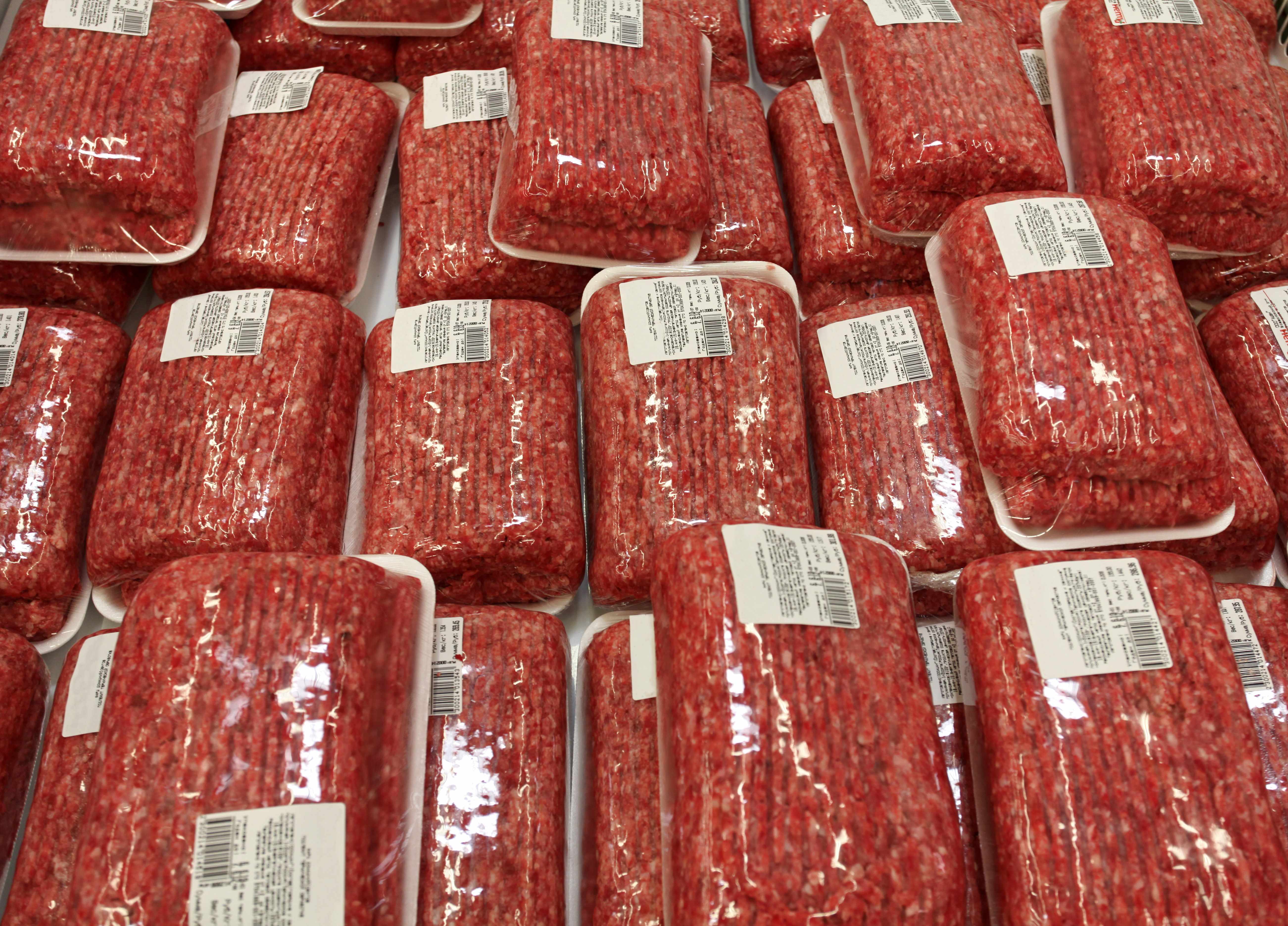
In an attempt to make it easier track down contaminated meat during outbreaks, retailers and federal establishments now must keep detailed meat grinding logs. The U.S. Department of Agriculture (USDA) Food and Safety Inspections service says better efficiency may help reduce consumers from becoming infected with E. coli and salmonella. Mayo Clinic infectious diseases specialist Dr. Pritish Tosh says, "When you think about ground beef, you are taking a piece of highly contaminated meat on the outside and when you grind it, suddenly the contaminated outside becomes inside, as well."
Dr. Tosh adds, "Ground beef has bacteria throughout it, and that's why it is recommended that hamburger be cooked until well-done or 160 degrees Fahrenheit." He adds, "The meat supply in the U. S. is generally very safe." He also reminds everyone to cook meat properly to ensure against the risk of infection.
The new USDA regulations include documentation of:
- The establishment numbers of the businesses supplying the beef for each lot of raw ground beef product.
- All supplier lot numbers and production dates.
- The names of the supplied materials, including beef components and any materials carried over from one production lot to the next.
- The date and time each lot of ground beef was produced.
- The date and time when grinding equipment and other related food-contact surfaces are cleaned and sanitized.
The Centers for Diseases Control and Prevention says each year roughly 48 million people get sick from food eaten in the United States. Earlier this year, new regulations required labeling on mechanically tenderized meat.
Related post:
Mayo Clinic Minute: Look closely at meat labels (June 14, 2016)
Related Articles







